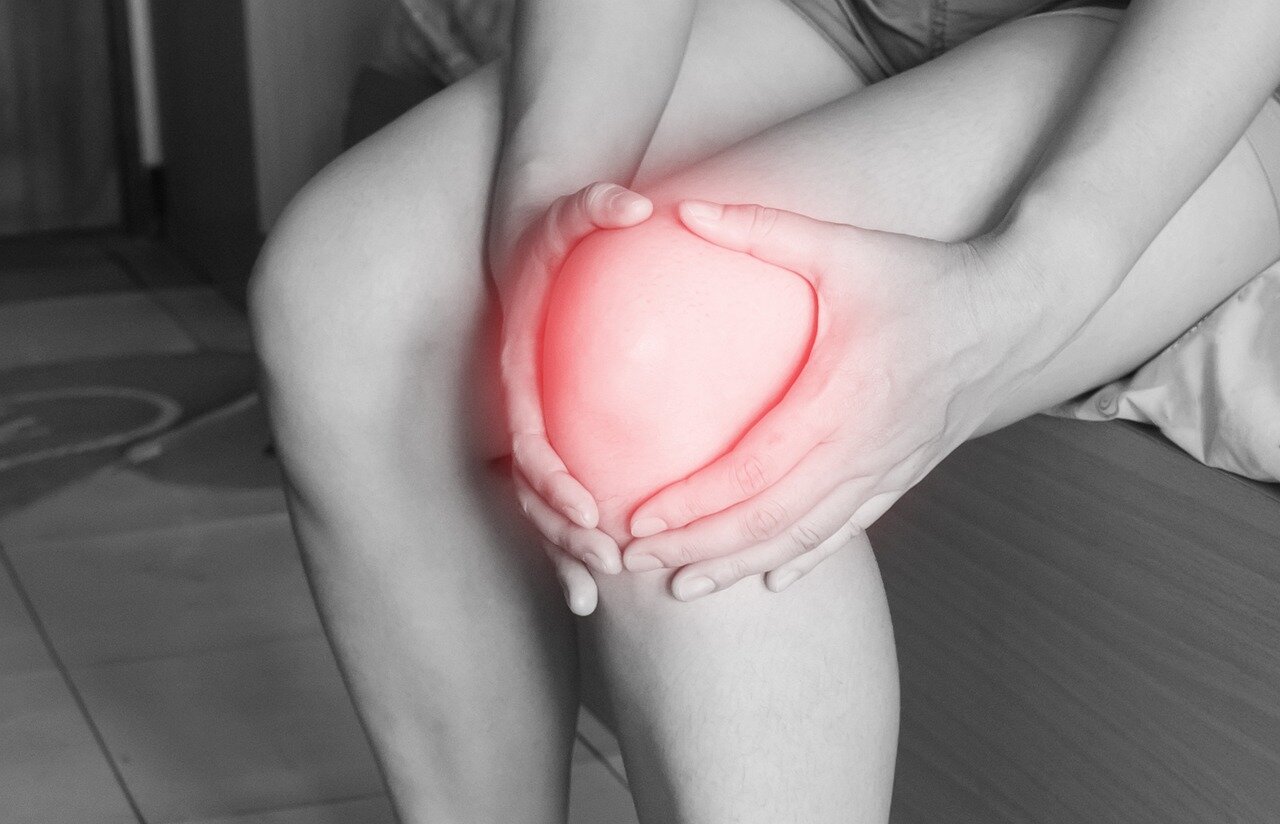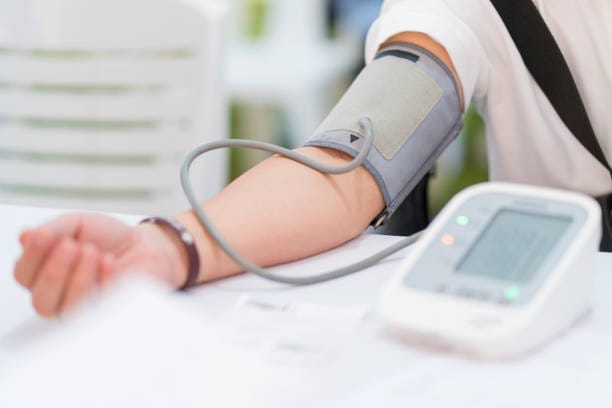For millions of people struggling with the daily pain and stiffness of knee osteoarthritis, hope might come not from a pill bottle, but from a pool, a brace, and a little movement.
A sweeping new analysis published in PLOS ONE this week points to knee braces, water therapy, and exercise as the most effective non-drug therapies for treating knee osteoarthritis (KOA)—a condition that often turns simple tasks like walking, climbing stairs, or getting out of a chair into painful ordeals.
The research, led by Dr. Yuan Luo and colleagues at the First People’s Hospital of Neijiang in China, represents one of the largest and most comprehensive evaluations of physical therapies for KOA ever conducted. Drawing on data from 139 clinical trials and nearly 10,000 patients, the team compared a dozen different drug-free treatments in a massive meta-analysis that could reshape how doctors and patients manage this common form of joint degeneration.
A Silent Burden with Painful Consequences
Knee osteoarthritis affects an estimated 300 million people worldwide, especially adults over 50. It’s a progressive condition in which cartilage—the smooth tissue cushioning the ends of bones—breaks down over time. This leads to joint pain, stiffness, swelling, and loss of mobility.
Traditionally, doctors have turned to non-steroidal anti-inflammatory drugs (NSAIDs) like ibuprofen or diclofenac to manage symptoms. But these medications come with a cost: increased risks of gastrointestinal bleeding, heart attack, and kidney issues. With growing concern over the side effects of long-term drug use, researchers have been seeking safer, non-pharmacological alternatives that actually work.
The Power of Physical Therapy, Tested Across Time
In their new study, Luo and his team set out to compare the real-world effectiveness of 12 non-drug treatments, ranging from low-tech interventions like braces and insoles to high-tech modalities like laser therapy and ultrasound. Using a technique known as network meta-analysis, they merged findings from decades of trials to create a comprehensive head-to-head comparison.
The standout? Knee braces.
“These devices were consistently the most effective across the board,” said Dr. Luo in a statement. Braces showed the greatest benefits in reducing pain, improving knee function, and easing stiffness—the three core symptoms of KOA.
Close behind were hydrotherapy, or water-based exercise, and land-based physical activity. Warm water therapy, which often takes place in swimming pools or heated tanks, allows for low-impact exercise with added buoyancy to reduce strain on the knees. Meanwhile, structured exercise routines helped patients build strength and maintain mobility—factors known to delay the worsening of osteoarthritis.
The Surprising Fall of High-Tech Treatments
While some may assume that advanced technology holds the answer to joint pain, the findings tell a more sobering story.
Ultrasound therapy, a common practice in physiotherapy clinics, ranked at the bottom of the list in terms of effectiveness. Shock wave therapy and high-intensity lasers showed some benefit, but not enough to challenge simpler, more affordable options.
“Our analysis of nearly 10,000 patients reveals that simple, accessible therapies like knee bracing and water-based exercise outperform high-tech options like ultrasound,” the authors wrote. “This could reshape clinical guidelines to focus on safer, lower-cost interventions.”
In a healthcare landscape often dominated by expensive equipment and pharmaceutical solutions, this finding underscores a profound truth: sometimes, less is more.
A Personalized, Safer Path Forward
One of the most promising aspects of this study is the way it elevates patient empowerment. Unlike joint replacement surgery or long-term drug regimens, therapies like bracing, swimming, and exercise are largely safe, low-cost, and within reach for many patients.
“This is about giving people tools they can use,” said Dr. Luo. “You don’t need to go to a high-end clinic. You can start with a brace and a walking program. If you have access to a pool, even better.”
The study’s findings also suggest that physicians should prioritize conservative interventions first, especially for patients with mild to moderate KOA. And while the study was not designed to test combinations of therapies, the authors note that future research should investigate whether pairing treatments—such as bracing with hydrotherapy—might provide additive benefits.
Limitations and the Road Ahead
As with any meta-analysis, the conclusions are only as strong as the data that feeds them. The researchers acknowledge several limitations in their work, including variability in treatment duration, inconsistencies in study quality, and the use of small sample sizes in many trials.
Still, the sheer scope of the analysis—139 trials from multiple countries—adds weight to its conclusions. By combining the available evidence into one unified analysis, the study offers clinicians and patients a much-needed roadmap through the maze of osteoarthritis treatments.
One caveat: while the study treated inhibitory neurons (in previous coverage) or physical therapies here as a single category (e.g., “exercise”), real-world treatments are diverse. Not all exercises are created equal. A gentle aquatic routine is not the same as high-impact aerobics. As a result, tailored approaches based on individual patient needs and limitations remain essential.
Reclaiming Movement Without Medication
For people living with knee osteoarthritis, this study delivers something rare: clarity and hope. In a world where medicine can sometimes feel impersonal or overwhelming, it suggests that meaningful relief may come from practical, proven, and personal solutions—a brace that supports your steps, a pool that eases your movement, or a daily walk that reclaims your freedom.
In the end, the message is clear: you don’t need a pill to reclaim your stride.
Reference: Chen X, et al. Clinical efficacy of different therapeutic options for knee osteoarthritis: A network meta-analysis based on randomized clinical trials, PLOS One (2025). DOI: 10.1371/journal.pone.0324864






